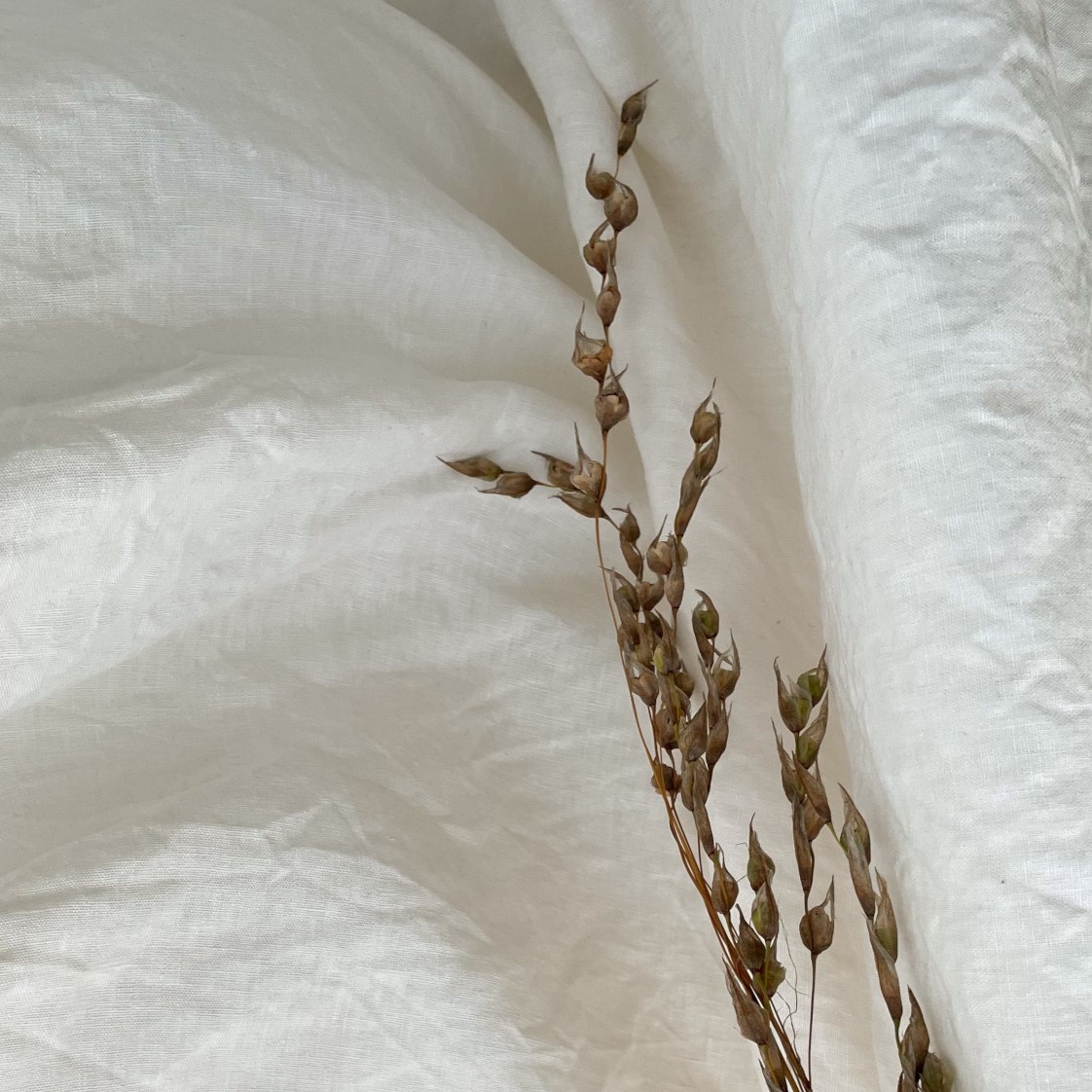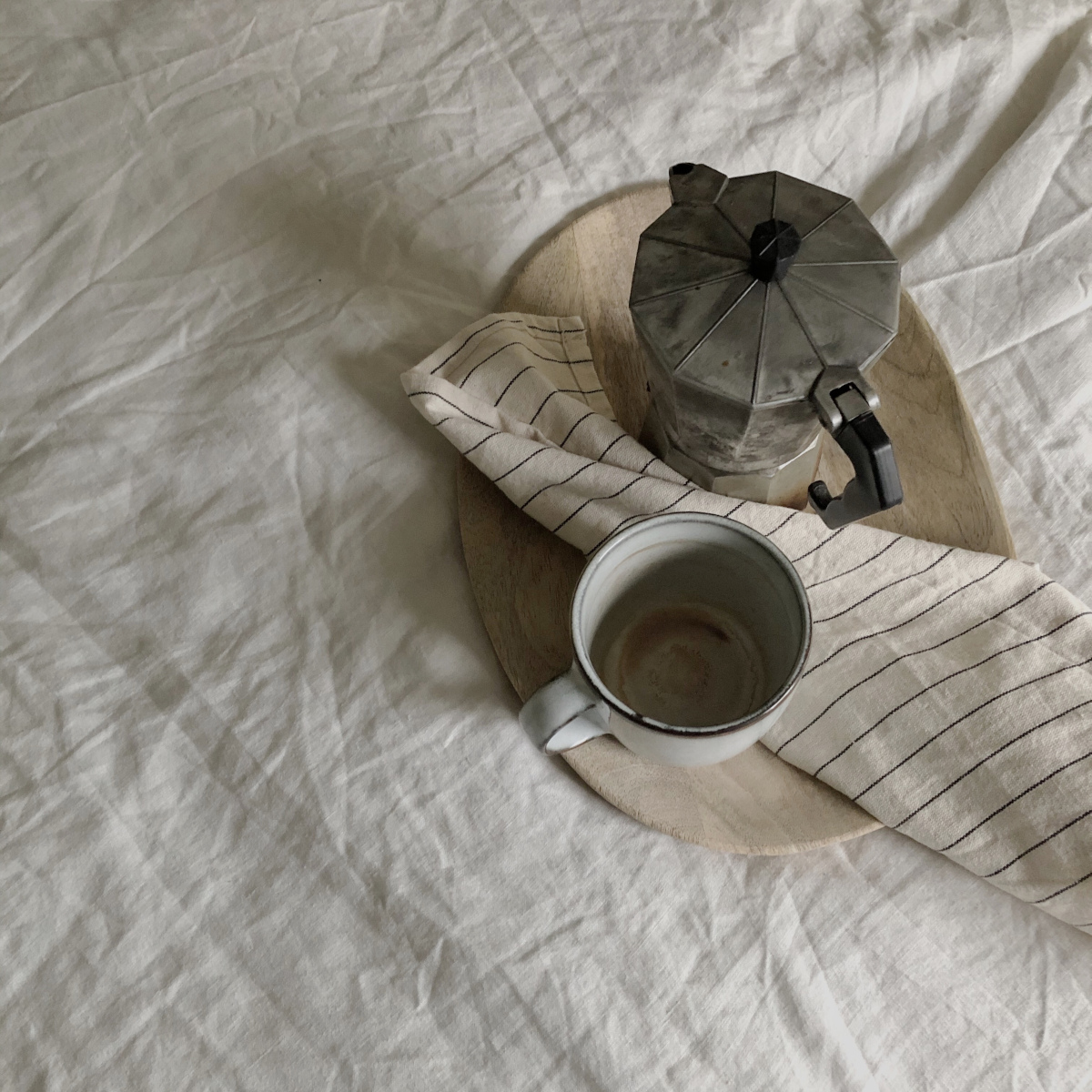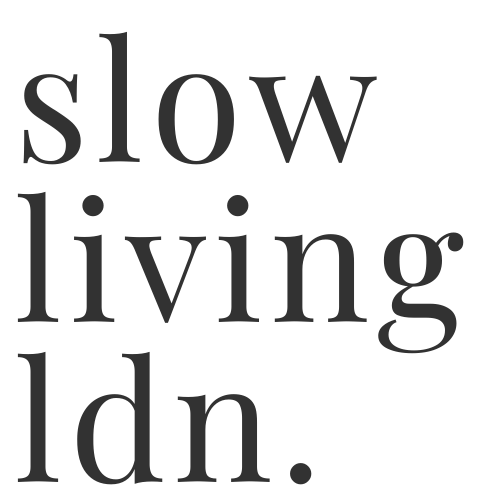You have no items in your cart. Want to get some nice things?
Go shopping
For many, the tipping point in deciding to explore a slower way of living is burnout, stress or overwhelm. Our minds feel as if we’re wading through thick mud, while our bodies are rushing from task to task. Adopting a slower mindset can give us the tools to notice and navigate back on course when we’re headed for burnout.
One of these tools is understanding the importance of our soothing system and how slow living can support it. Renowned clinical psychologist Professor Paul Gilbert founded the theory of the three emotional regulation systems, depicted in his book ‘The compassionate mind’ (2009). The three systems include the soothing system, the drive system and the threat system. The theory explains that each system plays an essential role in our lives, but an imbalance of these systems can lead to difficulties managing our emotions.
The Emotional Regulation Systems: Threat, Drive, Soothing
The Threat System:
The threat system is the most powerful of the three systems and focuses on surviving, managing threats, seeking safety and self-protection. This system responds to both actual and perceived threats and involves cortisol (the stress hormone) and adrenaline.
The Drive System:
The drive system focuses on achieving goals, accomplishing tasks and being motivated towards incentives. This system is linked to the release of dopamine, a chemical which works as a messenger between brain cells. Dopamine releases an intense feeling of reward or pleasure. It’s also linked to reinforcement – the feel good sensation of dopamine can lead us to repeat the behaviour, sometimes ending in addiction. Many social media apps are designed to be addictive by employing techniques used in the gambling industry to create mini rewards and dopamine rushes. Score-based ‘likes’ and the act of pulling down to refresh a feed are both good examples of a dopamine-based system in action.
The Soothing System:
The soothing system’s role is to alleviate stress, promote rest, contentment and connection with oneself and others.
Each system is important in regulating our emotions and contending with the varied experiences of our day, but many of us tend to spend a lot of our time in threat or drive, neglecting the soothing system. The drive and threat systems can also often be intrinsically linked, leaving us switching between them, but forgetting our soothing system. For example, adverts may tap into real or perceived threats and insecurities to create cravings in you to buy a product which offers momentarily relief. Ultimately, however, that purchase rarely fixes the insecurity or threat, rather perpetuates it. In this sense, when faced with a threat, we often turn to our drive system to seek out an action to distract from the threat. We might persuade ourselves to do more, earn more, achieve more, and so on. When this doesn’t work, we find ourselves back in threat, unhappy for failing at our unrealistic new goal, seeking the next quick fix.

Slow Living and Self-Soothing
The soothing system helps us to soothe ourselves, as well as others. While the threat and drive systems activate us, the soothing system deactivates us. Think of the soothing system as the science behind self-care. It’s essential to help you weaken the negative aspects of the drive and threat systems and find calm and contentment. In ‘The origins and nature of compassion-based therapy’ from the Journal of Clinical Psychology (2014), Professor Paul Gilbert explains, “It is possible that ‘mindfulness’ accesses this system by putting people into what is called ‘being mode’ rather than ‘doing mode’”. To activate your soothing system is to consciously slow down, and there are many ways you can do this:
- Focus on your breathing and bring yourself back into the present moment (mindfulness)
- Embrace slow tech and switch off from your devices for a period of time
- Find meaningful self-care activities, or ‘moments of deceleration’ that work for you
On where to begin when adopting a slow living mindset more broadly, head to our guide on how to slow down, or the best slow living books to read.
